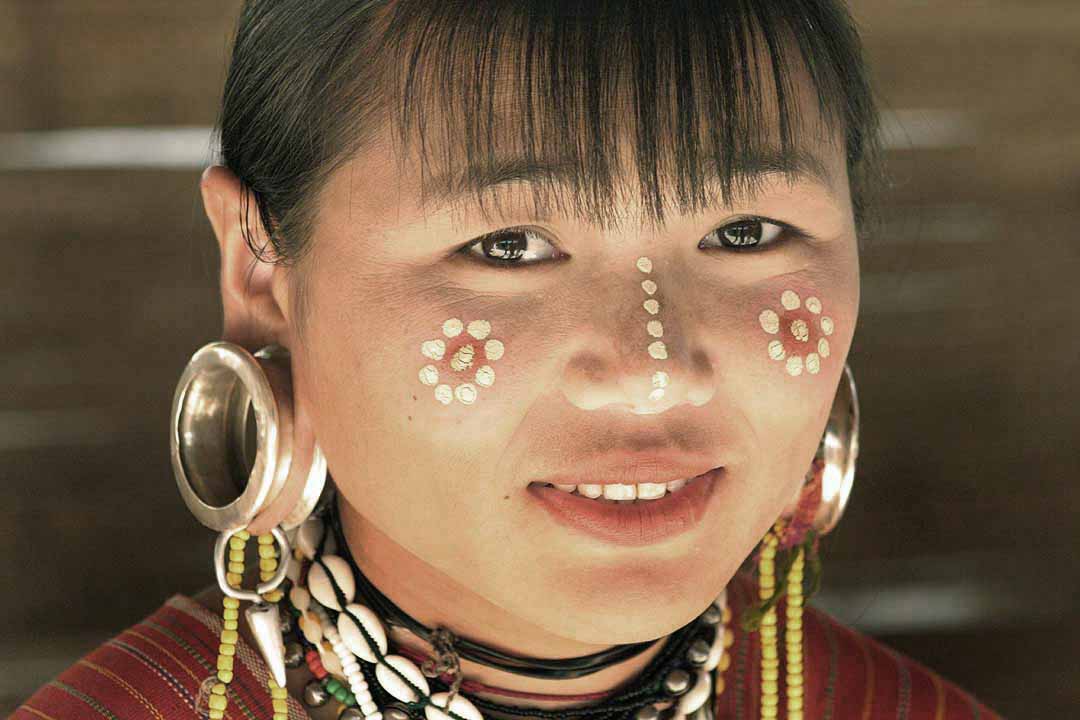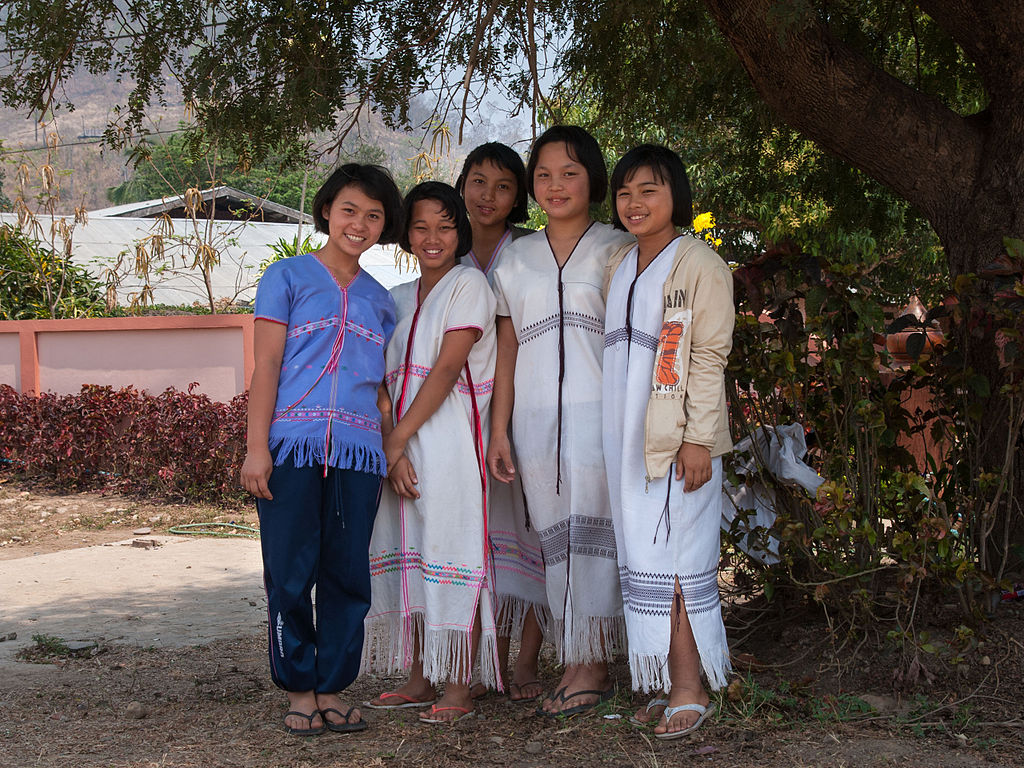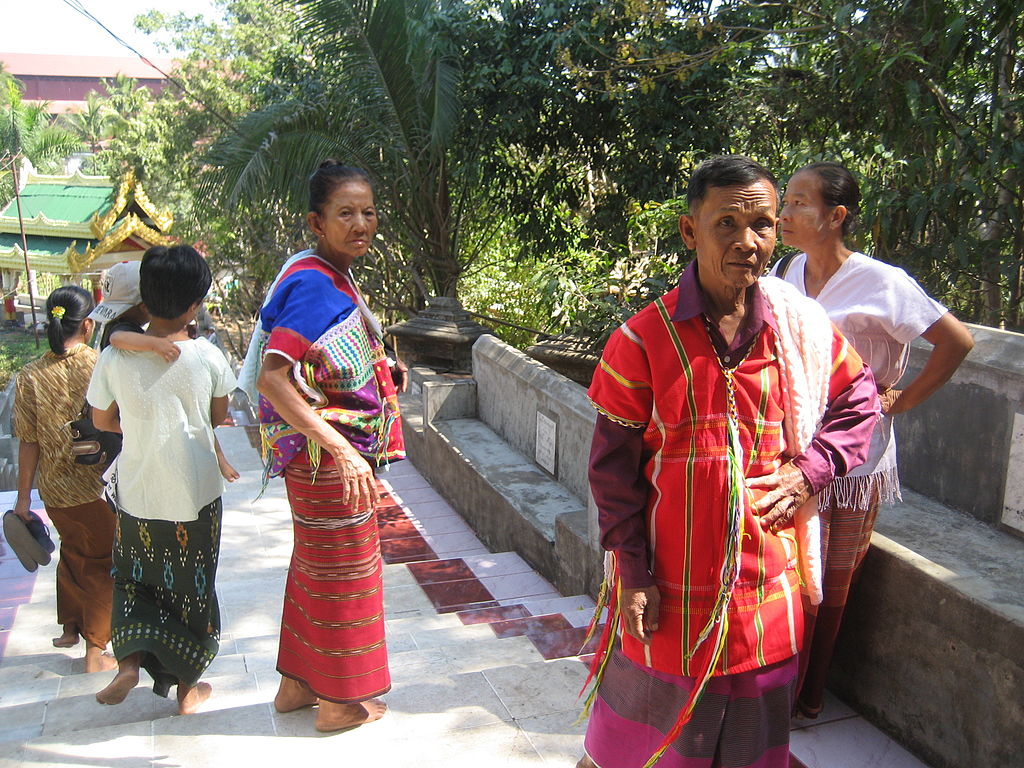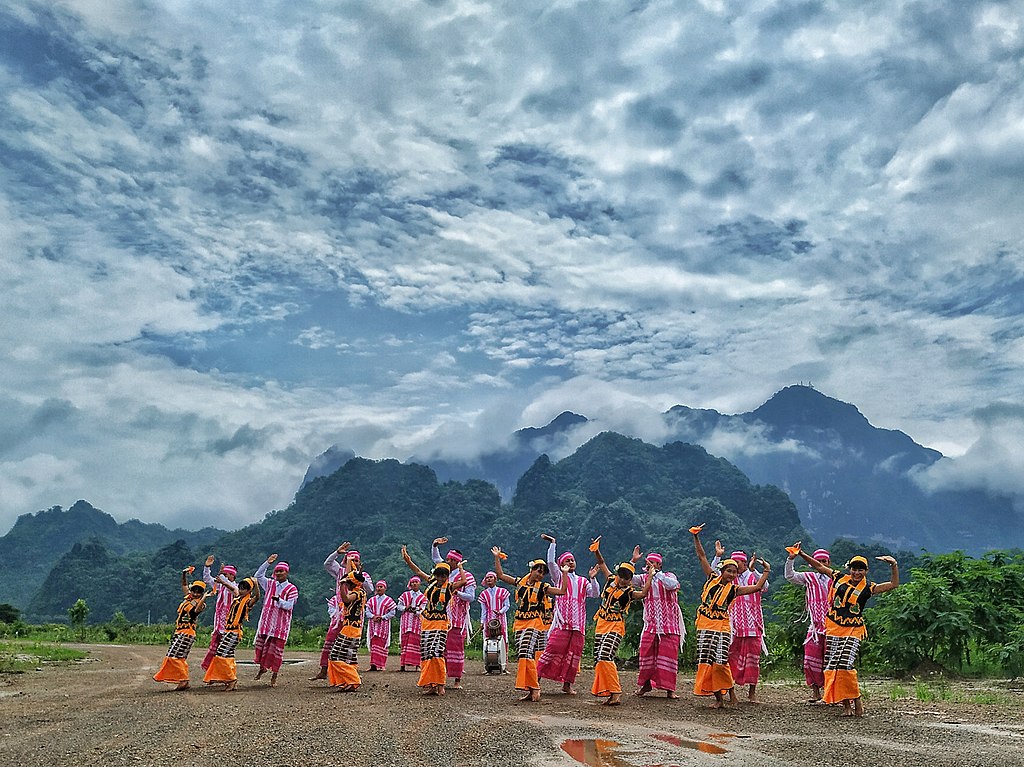Karen People
The Karen People
The traditional homeland of the Karen people is Burma (also
called Myanmar). In Burma, the Karen people primarily reside
in Kayin State, located in the southern and southeastern
part of the country. They are the second largest ethnic
population in the country comprising of 6-7 million in
population.
The Karen Language
The Karen people have three main languages: S'ghaw
(pronounced Skaw) Karen, Eastern Pwo Karen, and Western Pwo
Karen. S’ghaw Karen is the most commonly spoken and
understood. The Karen languages are members of the
Tibeto-Burman group of the Sino-Tibetan language family. The
Karen languages are almost unique among the Tibeto-Burman
languages in having a subject–verb–object word order; other
than Karen and Bai, Tibeto-Burman languages typically
feature a subject–object–verb order. This anomaly is likely
due to the influence of neighbouring Mon and Tai languages.
Because Burmese is the language of the ruling military
party, Karen people may be uncomfortable with a Burmese
interpreter/translator.
Karen in Minnesota
Karen refugees, who fled oppression from the Burmese
government, began arriving in Minnesota in the early 2000s,
with large numbers arriving starting in 2005. Today more
than 10,000 people of Karen descent live in Minnesota. St.
Paul is home to the largest Karen community in the U.S. The
Burmese American population is: Relatively young, with 64
percent under the age of 40 Largely first-generation
American; 78 percent of Burmese-Americans are foreign born
According to a Wilder study, 80 percent of Karen reported
they speak English “only a little bit” or “not at all.”
-
Karen Revolution Day is held on January
31 and commemorates the beginning of the Karen uprising on
January 31, 1949. In Burma, the event features a military
parade along with dancing and speeches.
-
Karen National Day is held on February 11
and commemorates the demonstration on February 11, 1948
when Karen people demanded their own homeland. This event
also involves a military parade when celebrated in Burma.
-
Buddhist New Year/Water Festival is
celebrated in mid-April. During the ceremony, participants
show respect to elders by sprinkling water on them and
make offerings to spirits. Additionally, women and girls
wear a yellow flower in their hair and perform a special
dance. In Burma and Thailand, people fill the streets and
spray each other with water for several days.
-
Karen Martyr’s Day is held on August 12
and commemorates the anniversary of the death of Saw Ba U
Gyi (the first president of the Karen National Union) in
1950. Others who have fought for the Karen are also
honored in remembrance of the Karen resistance.
-
The annual Karen Wrist-Tying Ceremony
is held in August (some celebrate at weddings too). It is
rooted in the Animist belief to call back the spirits and
bring good fortune. Monks and elders sit with a basket of
7 items in front of them: cold water, white threads, rice
balls, triangular-shaped lumps of sticky rice in the
packages, boiled bananas, paw woung flower branches, and
sugarcane. They place each of these items in the
participant’s hand and then tie a string around the wrist
with yellow or white string. The meaning of the wrist
tying is so the person is connected to one’s spirit and
therefore can live free from fear.
-
Sweet December is held on November 30 and
marks the beginning of the Christmas celebrations for
Christians. People go to the church to play games and
sing, and when the clock strikes midnight, they celebrate
by eating a rice soup called may klaw.
-
Karen New Year is celebrated on the First
Day of Pyathoe on the Lunar calendar, which is generally
the end of December or beginning of January. It marks the
end of the harvest of one rice crop and the beginning of
the next rice crop. Karen New Year is the largest
celebration in the Karen community and is celebrated
nationally throughout Burma.
Karen Celebrations
Karen in Other US Cities
Although Minnesota is believed to be the state with
the largest Karen population, Karen people have settled in
other mayor US cities such as New York, Nebraska, and
Indiana. Many of the major metropolitan areas of upstate New
York have significant Karen populations. Estimates in 2010
put their numbers at 2,500 in Buffalo, 500 in Rochester,
4,000 in Utica and Rome and 1,000 in Albany. However more
recent accounts put the number much higher, as of 2015
around 5,000 are now believed to be residing in Albany,
while as of 2016 5,500 Karen and 1,200 Karenni are believed
to live in Buffalo. Since 2006 a total of around 2,400 Karen
refugees have settled in Syracuse as of 2017. Karen refugees
first started arriving in the Omaha metropolitan area around
2005, and as of 2013 an estimated 5,000 have settled in the
area. Nebraska is believed to be the state with the
third-highest Karen population after Minnesota and New York.
The city of Indianapolis has a significant population of
Burmese immigrants which include the roughly 1,000 Karen and
300 Karenni refugees who have been resettled there. Karen
are a part of over 10,000 Burmese refugees that have been
resettled in Indiana, including Chin and Rohingya.
Looking for a Karen interpreter or translator?
Nowlanguage.com
offers Karen interpreters and translators in-person, by
phone, and video.
Sources:
https://study.com/academy/lesson/the-karen-people-culture-history.html
https://en.wikipedia.org/wiki/Karen_conflict
http://culturecareconnection.org/matters/diversity/karen.html
https://en.wikipedia.org/wiki/Karen_people_in_the_United_States
https://en.wikipedia.org/wiki/Karen_people#Language
https://www.mnkaren.org/history-culture/karen-culture/celebrations/




